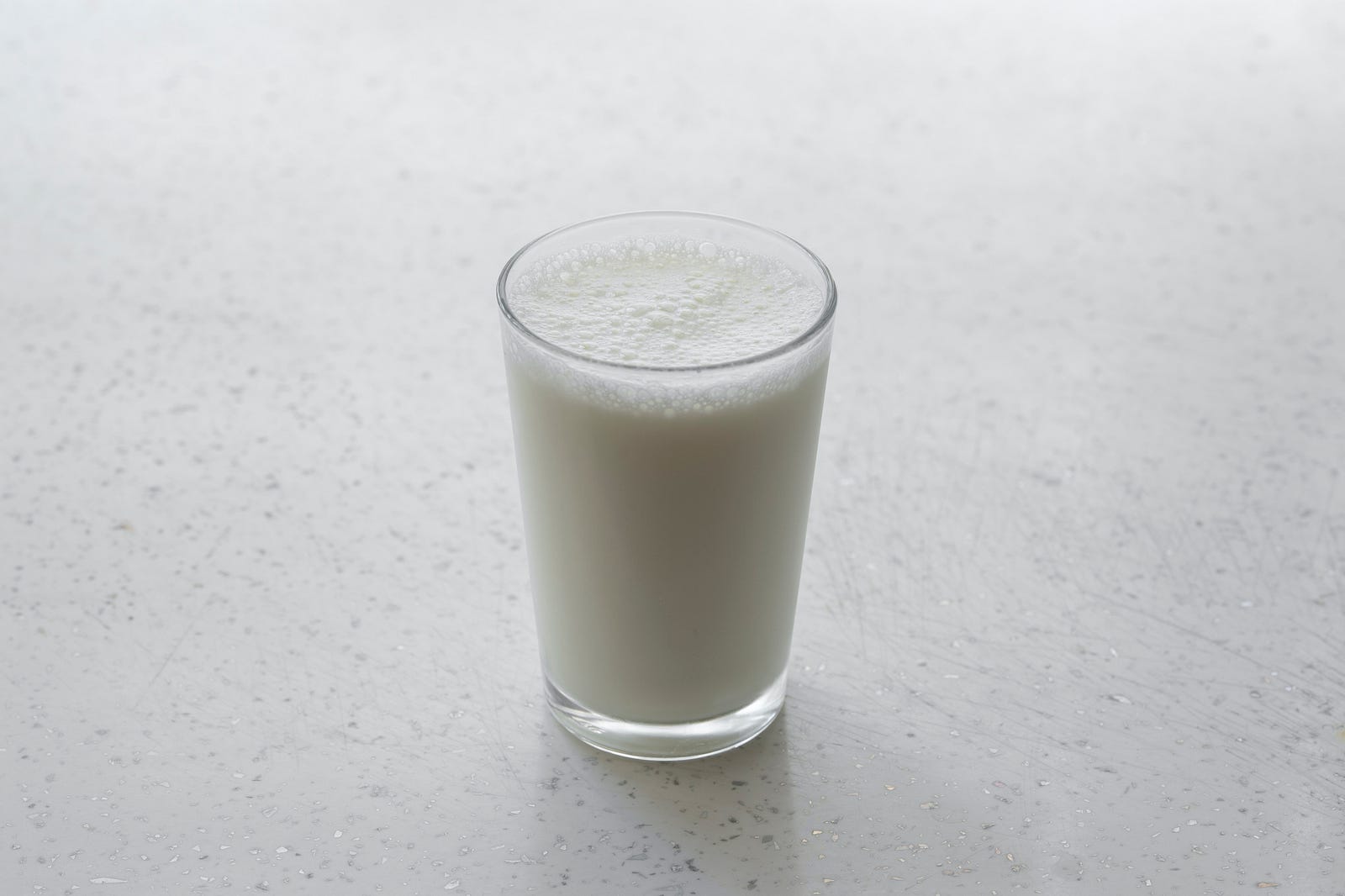A mineral-rich diet is essential for overall health and well-being.
However, studies show that many people in Western nations do not get adequate amounts of key minerals due to poor dietary patterns.
Vitamins, minerals, and essential proteins & fats constitute a healthy diet.
Deficiencies in certain minerals can cause significant symptoms and increase the risk of chronic disease over time.
How do we determine mineral requirement?
What’s the RDA, and how did we come up with it?
RDA stands for Recommended Daily Allowance, and it is the estimated average requirements and recommended dietary allowances for mineral intakes.
This system has been developed over time through extensive research and analysis by expert bodies like the Institute of Medicine.
Some key points on how these intake recommendations are determined:
- They are based on a combination of data from dietary surveys, balance studies, and pharmacological tests to determine nutrient needs.
- Balance studies look at the amount of a mineral needed to maintain equilibrium (balance) in the body — the intake needed to offset losses.
- Pharmacological tests determine the intake needed to maximize certain biological functions and biomarkersrelated to the mineral.
- The IOM uses this data to estimate average requirements for different age groups. They factor in needs for growth, pregnancy, lactation etc.
- The Recommended Dietary Allowance (RDA) is calculated from the estimated average requirement and is meant to cover the needs of 97–98% of healthy individuals in a group.
- The RDAs exceed the estimated averages to account for variations in absorption and bioavailability in the diet.
- For minerals like sodium with variable requirements, Adequate Intake (AI) levels are provided based on average intake levels instead of RDAs.
- The intake recommendations are regularly reviewed and updated as more research emerges on requirements for optimal health and to prevent deficiencies.
- RDAs and AIs for minerals have limitations and individual needs vary based on health status, medications, and genetic factors. They provide a goal for intake from diet and supplements.
Now, to the most common mineral deficiencies in the world today.
1. Magnesium deficiency
Magnesium is one of the frequent mineral deficiencies.
A systematic review of studies found that up to 60% of Americans do not meet the estimated average requirement for magnesium through diet alone.
Magnesium plays over 300 roles in the body and is critical for muscle and nerve function, blood glucose control, bone health, energy production, and more.
Low magnesium intake is correlated with increased risk for insulin resistance, migraines, hypertension, and heart disease.
Supplementation has been shown to lower blood pressure, reduce migraine frequency, and improve insulin sensitivity in deficient populations.
Good dietary sources of magnesium include dark leafy greens, nuts, seeds, beans, whole grains, and some fish.
2. Potassium deficiency
Potassium is an electrolyte that helps regulate fluid balance, nerve transmission, and heart rhythm.
The Adequate Intake level set by the NIH is 4700 mg per day.
However, surveys indicate most Americans only get around half that amount from food.
Insufficient potassium is associated with high blood pressure, kidney stones, osteoporosis, stroke, and heart disease.
Increasing potassium intake can lower blood pressure and reduce stroke risk, particularly in conjunction with limiting sodium.
Foods rich in potassium include bananas, potatoes, leafy greens, beans, yogurt, fish, and avocados.
For those with kidney issues, supplementation should only be done with medical supervision.
3. Calcium deficiency

Calcium is essential for bone health, muscle function, nerve transmission, and cardiovascular health.
The RDA for most adults is 1000–1200 mg per day.
However, data indicates that over 50% of the global population consumes below recommended intakes, countries in Asia and Africa up to 90%.
Inadequate dietary calcium is a major risk factor for osteoporosis and fractures.
A meta-analysis found calcium supplementation effectively increases bone density and leads to a reduced risk of fractures.
Dairy products are excellent sources of calcium, but vegetables, legumes, nuts, and fortified foods also contribute calcium. Those avoiding dairy may need supplementation to meet their needs.
4. Zinc deficiency
Zinc supports immune function, growth, digestion, reproduction, and insulin production.
Red meats and seafood provide the most dietary zinc.
Vegans and vegetarians are at higher risk for zinc deficiency.
Surveys suggest about 17% of Americans consume less than the recommended zinc intakes.
Deficiency symptoms include frequent infections, diarrhea, loss of appetite, hair loss, skin problems, and issues with taste and smell.
Oysters, nuts, seeds, legumes, whole grains, dairy, and lean meats are good zinc sources.
5. Iron Deficiency
Iron enables hemoglobin production and oxygen transport in the blood.
Iron deficiency is one of the most prevalent micronutrient deficiencies worldwide, particularly in women of childbearing age.
In the US, around 5% of women are estimated to have depleted iron stores.
Iron deficiency causes anemia, fatigue, weakness, and pale skin.
Supplementing with iron usually improves symptoms in those deficient. Iron-rich foods include red meat, organ meats, spinach, lentils, nuts, and seeds.
Vitamin C helps iron absorption, while coffee and calcium can inhibit it. Those at risk should aim to enhance iron intake and absorption.
The bottom line
Ensuring adequate intake of minerals through a balanced, whole-food diet provides the best defense against deficiencies.
Focusing on getting the recommended servings of produce, whole grains, lean proteins, dairy, and healthy fats can help provide optimal mineral nutrition for overall health.
Those at risk may also benefit from targeted magnesium, potassium, calcium, zinc, and iron supplementation in consultation with a healthcare provider.
Never take mineral supplements without supervision. The wrong dose or combination may lead to serious consequences.








